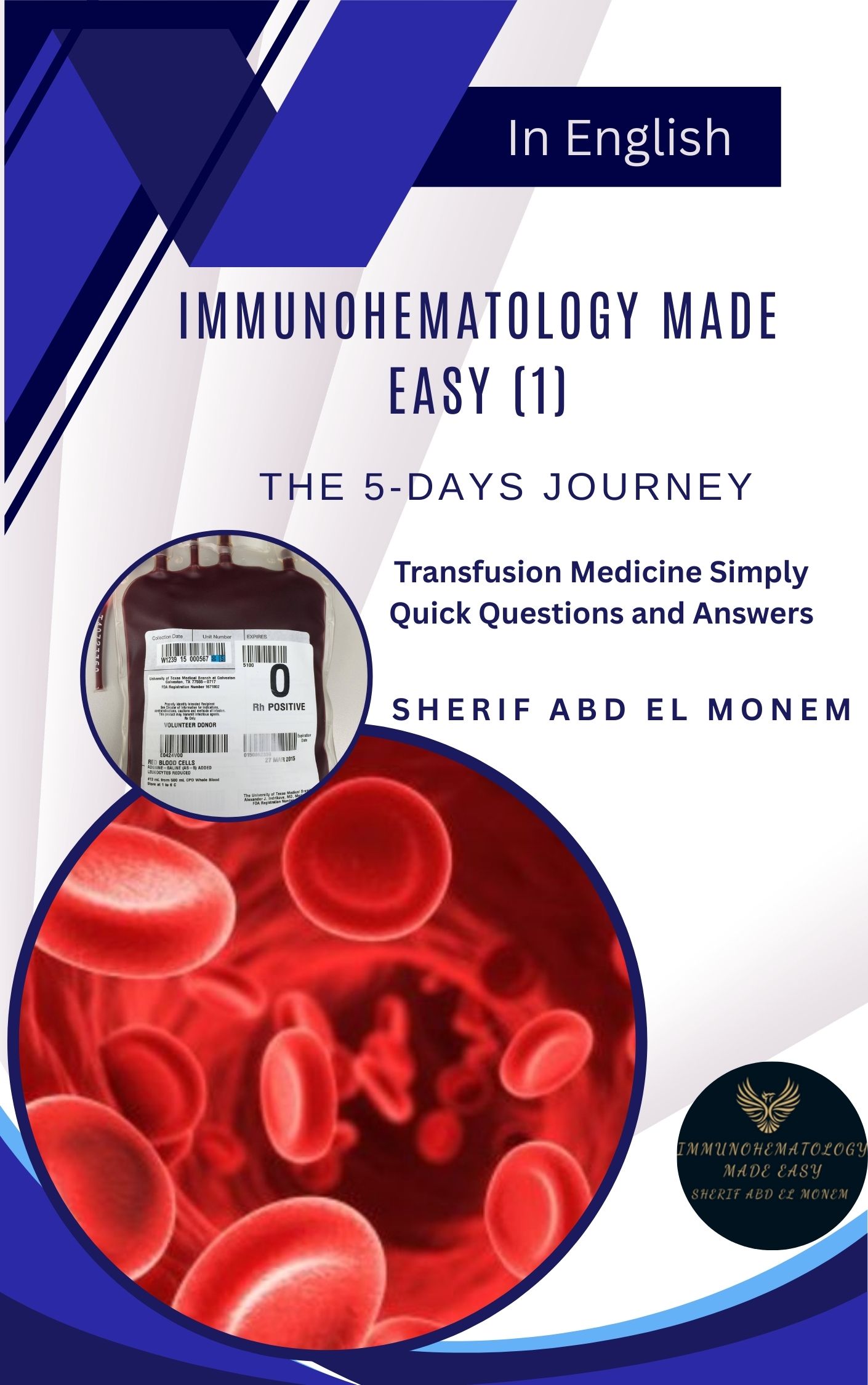Vaccine-incentivized blood donation: A survey of public perceptions in Canada
This summary was assisted by AI :
🎓 Citation Information:
- Authors: Klaudiusz Stoklosa, Lina A. Elfaki, Christina Ding, Sukhmeet S. Sachal, Robert J. G. Escuadro, Karen Tu
- Title: Vaccine-incentivized blood donation: A survey of public perceptions in Canada
- Journal/Source: Vox Sanguinis, 2023; Volume 118, Pages 624–636
- Publication Year: 2023
- Pages: 624–636
- DOI: 10.1111/vox.13484
- Affiliation: Various institutions in Canada
🌌 Contextual Insight:
- In a Sentence: This study investigates Canadian public perceptions of utilizing vaccine prioritization as an incentive for increasing blood donations.
- Keywords: blood donation, COVID-19, incentivized donation, vaccine, public health
- Gap/Need: Addresses the need to increase declining blood donations in Canada during the pandemic
- Novelty: First to examine public views on incentivizing donation through prioritized vaccine access
- Target Audience: Public health professionals, blood donation organizations
- Jargon Density: Relatively easy to understand
- Recommendation: Recommended for healthcare professionals and those knowledgeable in public health
🧭 Purpose/Objective:
- Goal: Determine Canadian public perceptions of vaccine-incentivized blood donation policies
- Research Questions: What are peoples’ views on using prioritized vaccination as an incentive? How does support vary between groups?
- Significance: Inform strategies to encourage donations and increase supply amid pandemic demands
🎓 Background Knowledge:
- Core Concepts: Blood donation, vaccines, pandemic
- Preliminary Theories: Incentives can increase donations but must consider equity
- Prior Research: Financial incentives mixed impact; non-monetary incentives like commitment more effective
- Terminology: None beyond core concepts
- Context: Declining donations and high vaccine demand during COVID-19 third wave in Canada
📝 Methodology:
- Research Design: Cross-sectional online/in-person survey
- Participants: 787 Canadians representing demographics
- Instrument: 19-question survey on donation behaviors and views
- Data Collection: 6 weeks during third wave from online and in-person recruitment
- Analysis: Descriptive statistics in Excel
- Comparison: Adheres to standard survey methodology
- Replicability: Details would allow another to replicate study at 8/10
📊 Main Results/Findings:
- Metrics: Donation behaviors, support for incentivization between groups
- Outcomes: 65% currently eligible to donate; 64% support policy; previous donors more supportive
- Data Availability: No individual data provided but analysts could review aggregate responses
- Statistical Significance: Between groups as specified
- Unintended Findings: None reported
🔄 Discussion & Interpretation:
- Authors’ Views: Most supportive though concerns around inequity; merits further study
- Comparative Analysis: Generally aligns with literature that incentives can help if designed equitably
❌ Limitations:
- Selection bias from online recruitment; potential language barriers
- Mitigations: Attempted random resampling to represent demographics
🖋️ Conclusions:
- Takeaways: Majority supportive but concerns around equitable access
- Practical Implications: Could increase donations if implemented sensitively
🚀 Future Work:
- Proposed trials of incentive approaches to study behavioral impacts
🎯 Relevance:
- Significance: Informs strategic efforts to address critical blood supply needs
- Real-world Implications: Potential application of incentive policies by donation organizations
🌐 Textual Mind Map:
- Introduction
- Central Idea: Introduce topic of incentivizing blood donations through prioritized vaccination access
- Fact: Declining donations exacerbated needs but vaccines demand outpaced supply
- Background Knowledge
- Central Idea: Provide context on donations, vaccines, and pandemic impacts in Canada
- Argument: Literature finds incentives can help if not financially coercive
- Methodology
- Central Idea: Survey of 787 Canadians on donation behaviors and incentive policy views
- Fact: 65% currently eligible donors; 64% support policy
- Results
- Central Idea: Majority supportive but concerns around equitable access for all groups
- Argument: Previous donors most supportive due informed experience
- Discussion/Interpretation
- Central Idea: Results compare reasonably to literature while raising equity issues
- Argument: Merits consideration if addressing accessibility barriers
- Limitations
- Central Idea: Selection bias from online methods and language barriers
- Fact: Attempted randomization to represent demographics
- Conclusion
- Central Idea: Though majority supportive, equitable design critical for feasibility
- Implication: Potential to increase donations via sensitively applied incentives
- Future Work
- Idea: Propose trials of incentive policies to directly study behavior impacts
🌟 Key Quotes:
*”The start of the COVID-19 pandemic widened the gap between blood product supply and demand.”
*”Our study demonstrated that 6% of respondents had donated blood during the pandemic, an increase from the approximate 4% of Canadians that donate regularly.”
*”[M]any Canadian demographic groups positively viewed incentivized vaccination, particularly more positively than ineligible donors did.”
🧠 Personal Insights/Comments:
- This study helps inform strategic efforts to address critical blood supply needs during the pandemic. However, some limitations from its methods could be improved upon in future related research.
- The findings align reasonably well with expectations from previous literature while appropriately highlighting concerns around equity that must be addressed for any incentive policy to gain wider acceptance and feasibility.
- It would be worthwhile to see follow-up studies directly evaluating behavior impacts from trials of sensitive incentive approaches as the authors propose, now that we have a better sense of baseline public perceptions on the issue.
- Overall the paper provides a thoughtful analysis of an issue with real-world public health implications and paves the way for helpful ongoing dialogue and evidence-based policymaking.

📘 New to Blood Bank?
Start your 5-day journey with Immunohematology Made Easy — a simple, beginner-friendly guide with real-life examples!
👉 Get Your Copy Now